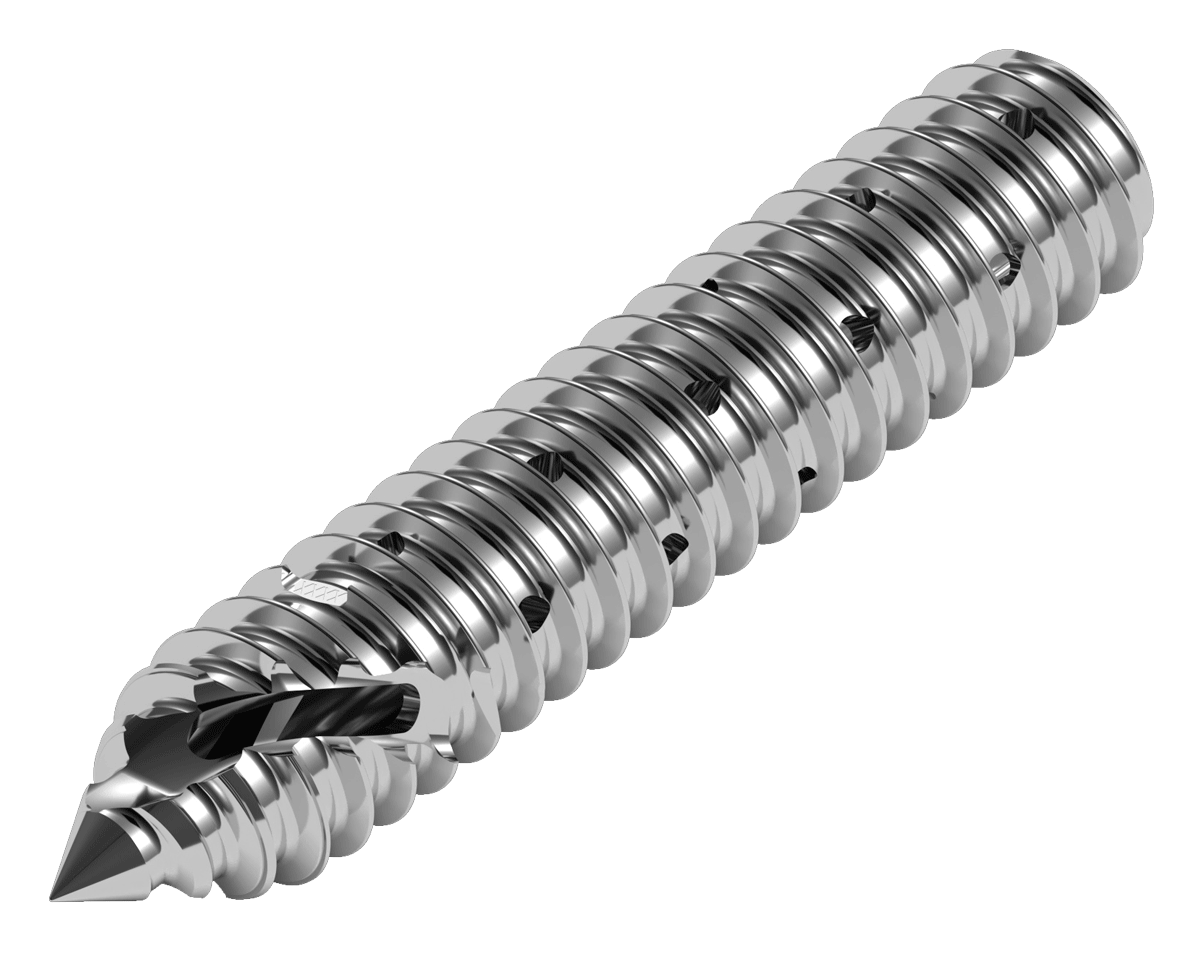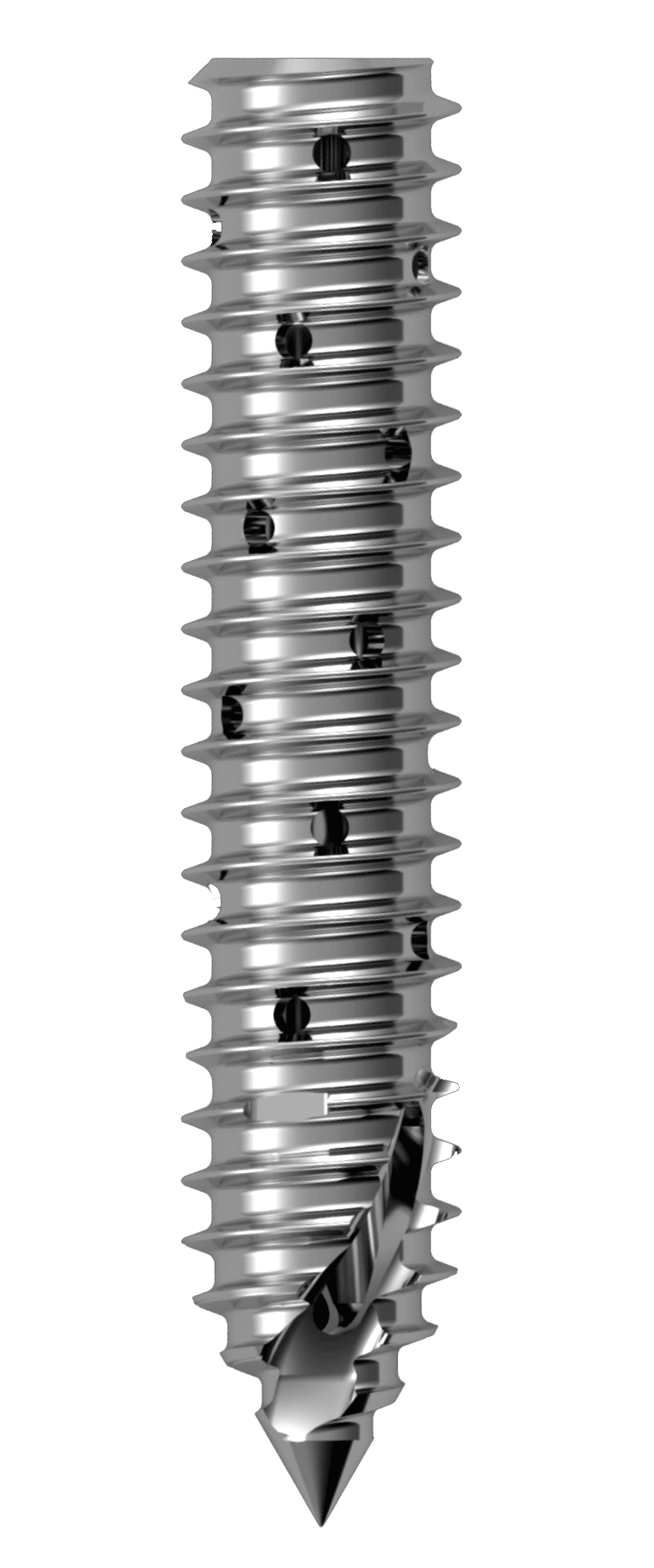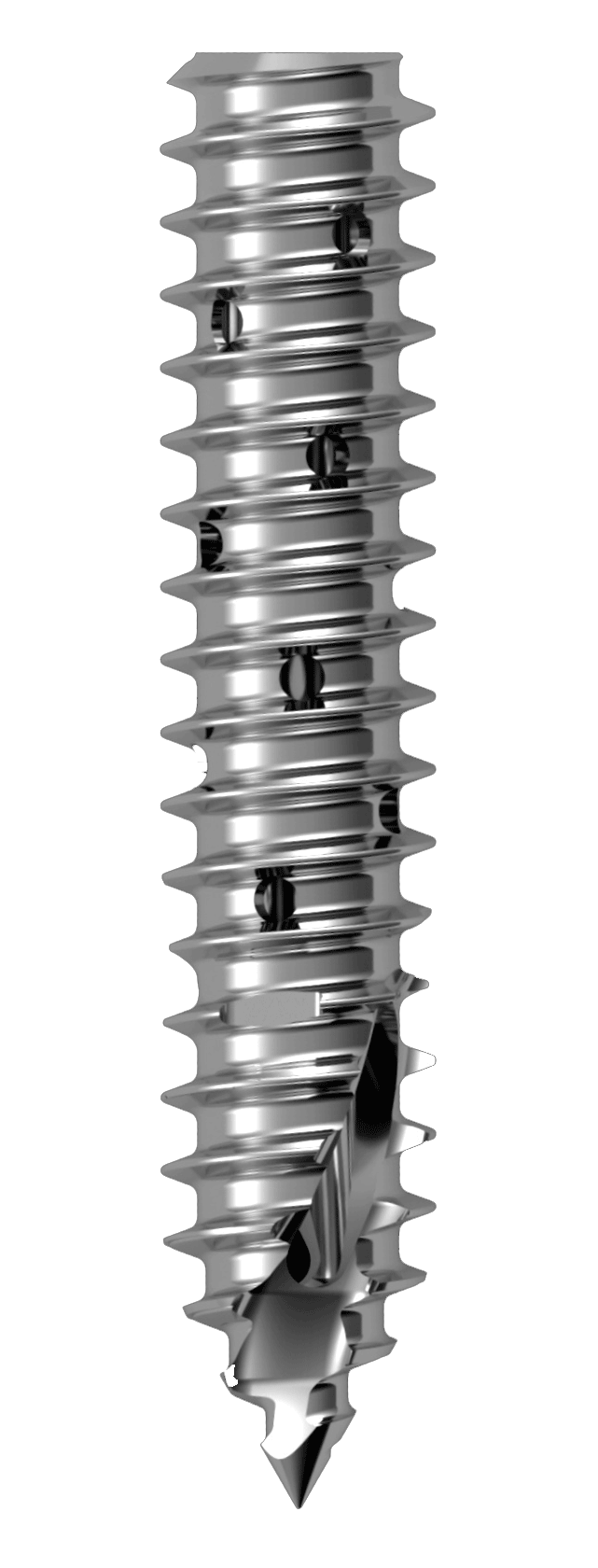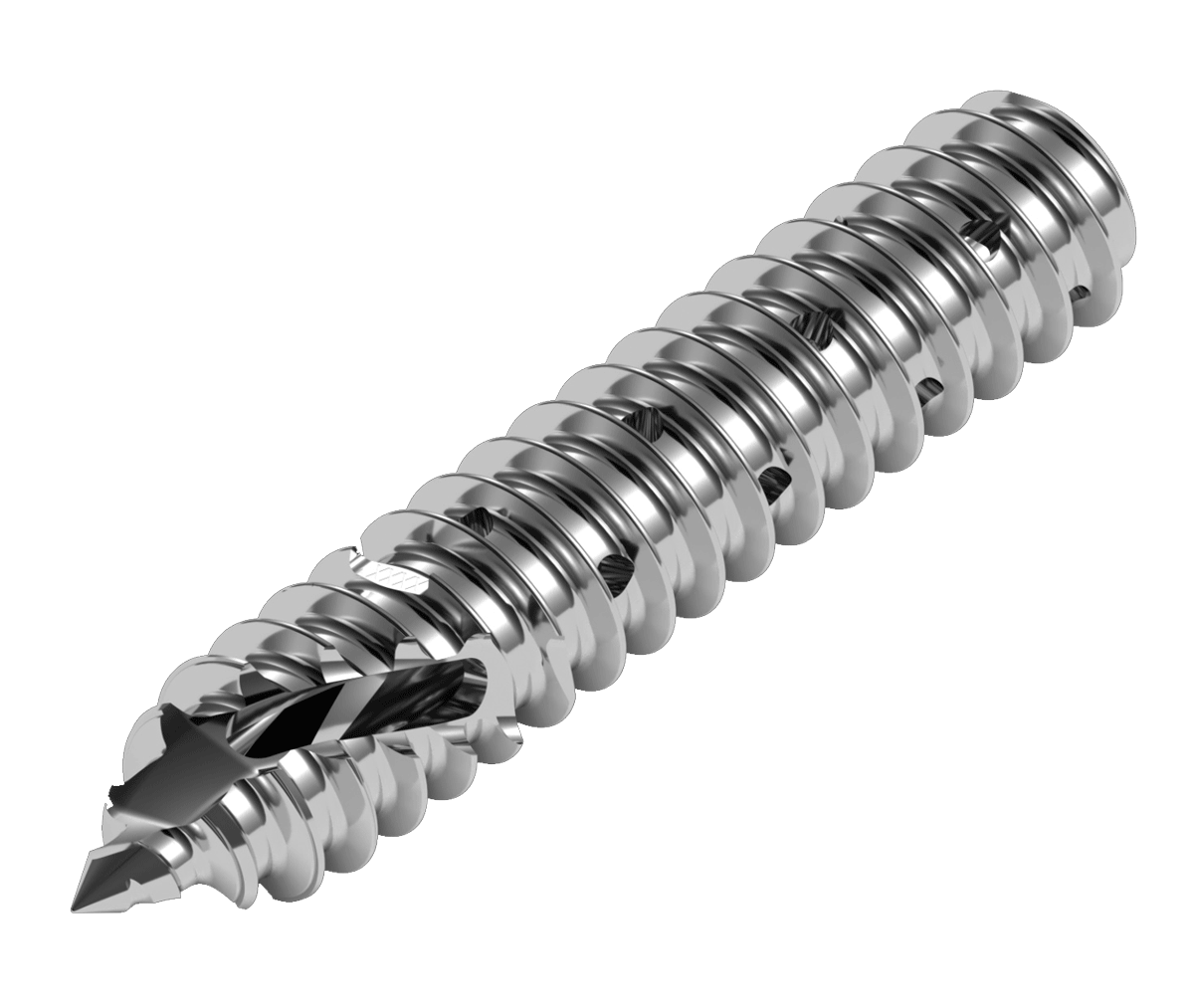
Introducing Harvester
A new and improved minimally invasive surgical method to address sacroiliac (SI) joint pain and dysfunction.


Sacroiliac joint pain is a common affliction, and it can cause substantial disability. Studies have shown that 80% of the population suffers from some degree of back pain that can be intermittent or constant. Of all cases of back pain, up to 25% may be due to SI joint dysfunction.
Sacroiliac joint dysfunction usually occurs as a result of trauma, pregnancy, age-related degeneration, or other inflammatory joint issues. It also commonly arises from adjacent-level stress in individuals who have undergone a prior lumbar fusion.
Symptoms of SI joint dysfunction largely include pain in the lumbosacral region. This pain often radiates into the posterior thigh or pelvic region, and can be quite severe. Tenderness over the SI joint and pain exacerbated by rising from a seated position are classic signs of SI joint dysfunction.
Diagnosis is largely clinical, and injection of local anesthetic agent into the joint usually brings clear pain relief.
It is postulated that pain occurs consequential to excessive or abnormal movement at the level of the joint. Normal movement in the SI joint is only 2 to 4 mm, so abnormal movement cannot be detected with imaging alone. However, severe forms may show actual sclerosis or diastasis of the joint on CT scan or X-ray.
Prior surgical approaches to stabilizing the SI joint required a large incision, curettage of the joint, and packing with harvested autograft. Newer techniques, however, have gravitated toward smaller incisions with less tissue trauma and stabilization of the joint with metal hardware devices to facilitate fusion of the joint and long-term pain relief. These minimally invasive techniques can be achieved via a direct lateral or posterolateral approach.
Harvester is a novel device that can be used in any surgical approach designed for SI joint stabilization. Direct lateral, posterolateral, and intra-joint placement are all easily accomplished. A unique feature of the Spinus Harvester device is that it eliminates many of the surgical steps involved in the placement of currently used devices, saving enormous amounts of time. Increased duration of surgery is one of the biggest risk factors contributing to surgical infection.


Additionally, as the name suggests, Harvester captures the displaced bone along its trajectory and stores it within the device. This means that simply drilling the device into position actually fills it completely with the gold-standard autograft bone. Based on the surgeon’s preference, Harvester can also accommodate the addition of an allograft or bone morphogenic collagen sponges. Autograft permeates the device while it is being deployed. Because of the specially designed tip of Harvester, bicortical purchase can be achieved across the pelvis, adding a level of immediate stability not possible with existing devices.
Harvester is a true minimally invasive solution that can be accomplished entirely in an ambulatory setting. Both mini-open and entirely percutaneous options are available.
Patient Testimonials
Harvester, by Spinus
Faster, better, less invasive, and more intelligent—by design.
GET IN TOUCH